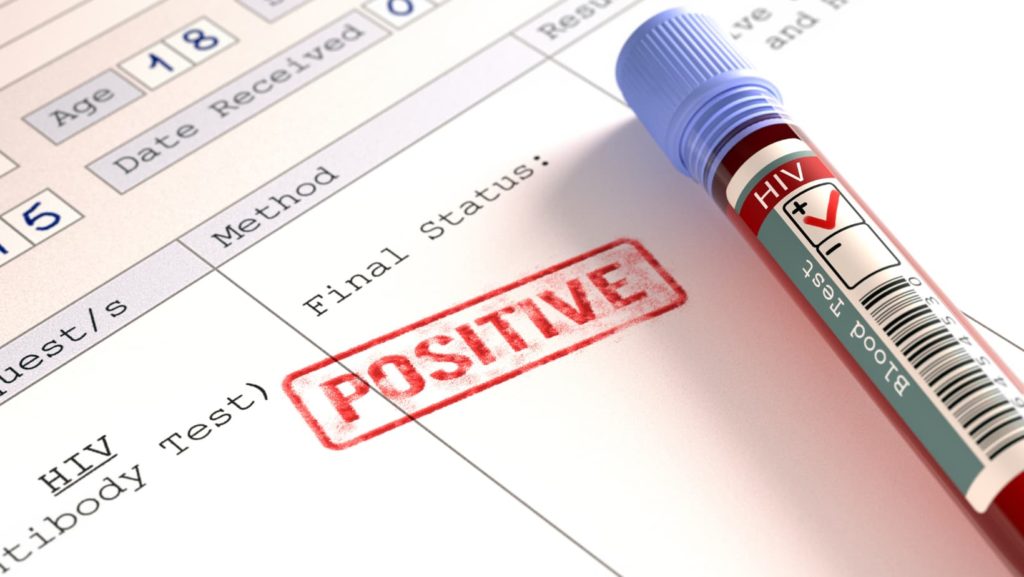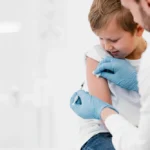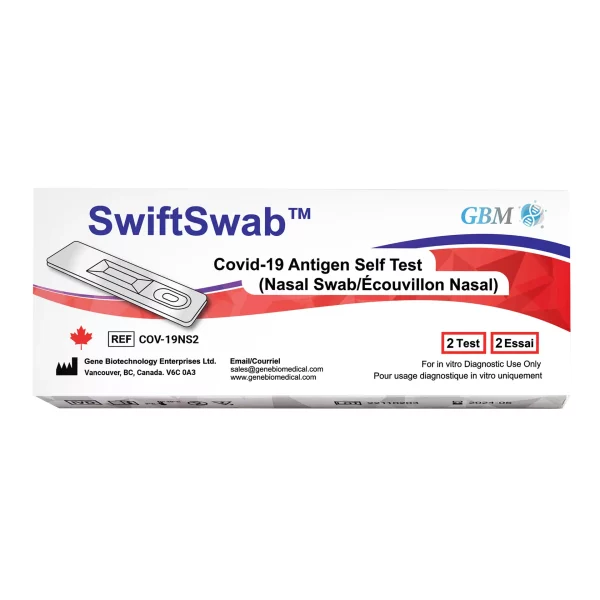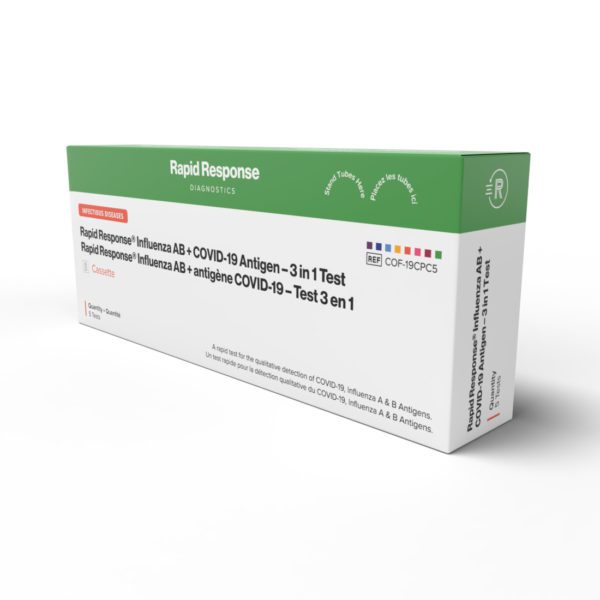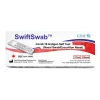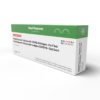Sexually transmitted infections (STIs) are common yet serious conditions that develop after engaging in sexual activities.
If you suspect that you or a recent sexual partner has STI, it’s important to understand the timeline of how symptoms appear so you can get tested and undergo necessary treatment.
What is a Sexually Transmitted Infection (STI)?

A sexually transmitted infection (STI) is transmitted through sexual activity, including vaginal, anal, or oral sex.
Bacteria, viruses, or parasites can cause these infections and are typically spread through genital contact or the exchange of bodily fluids, especially during sexual contact.
Common STIs include:
- Chlamydia trachomatis
- Gonorrhea
- Syphilis
- Herpes
- Human papillomavirus (HPV)
- Human immunodeficiency virus (HIV)
Not all STIs have noticeable symptoms, so if you or your sexual partner has one, you may unknowingly transmit or be infected.
Regular testing and practicing safe sex are crucial for prevention, early detection, and appropriate treatment for STI.
How soon do STI symptoms appear?

For STIs with noticeable symptoms,the amount of time it takes for symptoms to appear varies depending on the specific infection and individual factors.
Here’s a quick guide on how soon STI symptoms appear after contracting them.
- Gonorrhoea: 1- to 14 days, with an average of 2 to 5 days
- Mycoplasma genitalium: 1 to 5 weeks
- Trichomoniasis: 5 to 28 days
- Oral herpes: 2 to 12 days
- Genital herpes: 2 to 10 days
- HIV: 2 to 4 weeks but some people may not experience any symptoms.
- Syphilis: 3 weeks for the primary stage, followed by secondary, latent and tertiary stages
What are the most common STI symptoms?
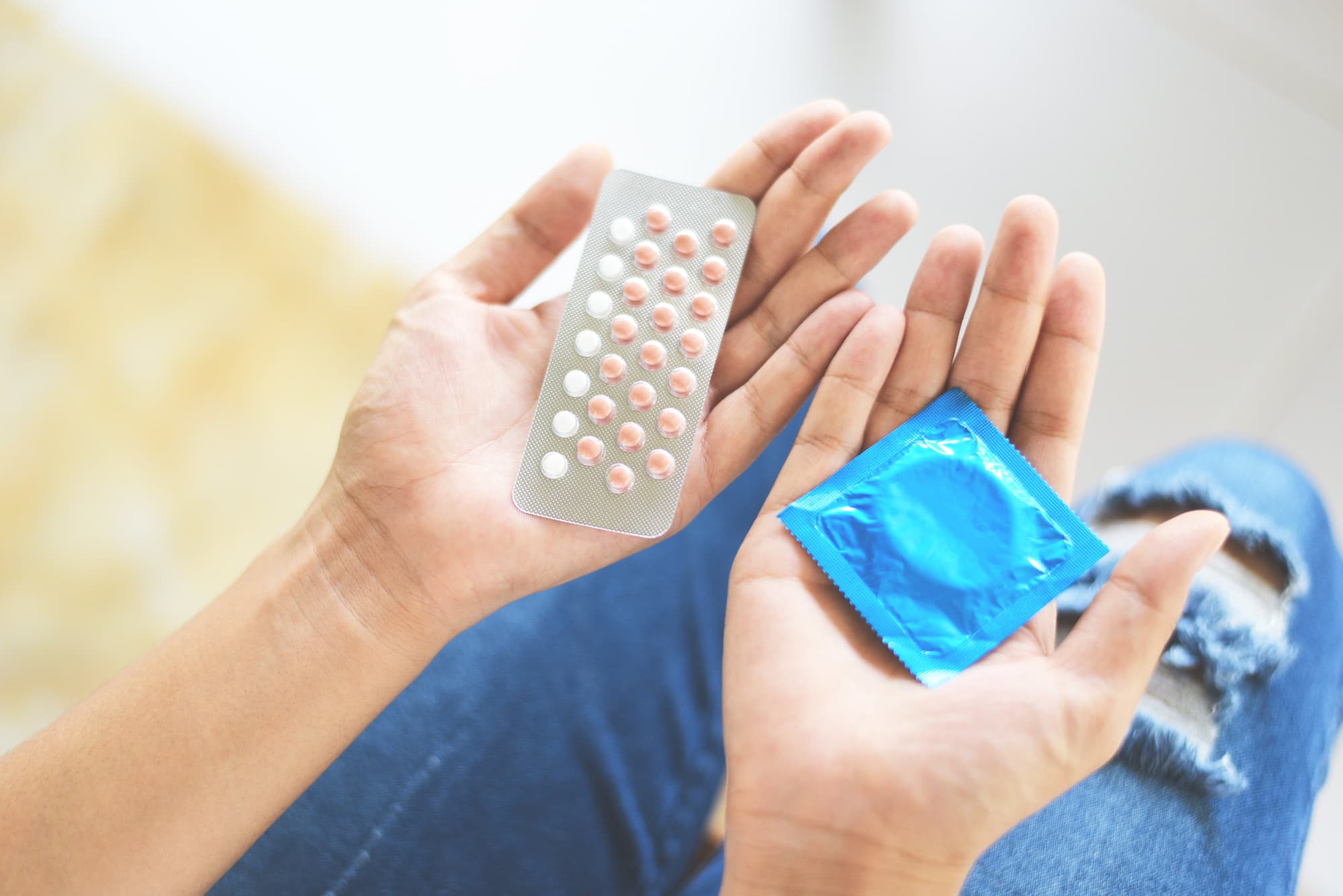
Sexually transmitted infections (STIs) can present with various symptoms.
Although some infections may initially be asymptomatic,
here’s a simple guide on how to distinguish symptoms associated with specific STIs.
Gonorrhoea
- Pain or burning during urination
- Pain or swelling of the genitals
- For males: white, yellow or green discharge from the penis
- For females: increased vaginal discharge and vaginal bleeding between periods
Mycoplasma genitalium
- Pain or burning during urination
- For males:
- Clear or water discharge from the penis
- Irritation or itching inside the penis
- For females:
- Increased vaginal discharge
- Pelvic pain or discomfort
- Bleeding after sex
Trichomoniasis
- Itching or irritation in the genital area
- Pain during urination or ejaculation
- For males: Clear or white discharge from the penis
- For females:
- Frothy, yellow-green vaginal discharge with a strong odor
- Redness or swelling of the genitals
Oral and genital herpes
- Painful sores or blisters on or around the genitals or mouth
- Itching or tingling sensation before the outbreak
- Flu-like symptoms (fever, body aches, swollen glands)
- Recurrent outbreaks with milder symptoms
HIV
- Flu-like symptoms (fever, fatigue, sore throat)
- Swollen lymph nodes in the neck, armpit, or groin
- Skin rash
- Weight loss, night sweats, chronic fatigue in later stages
Syphilis
- Primary stage:
- Small, painless sore (chancre) at the site of infection (genitals, anus, mouth)
- Secondary stage:
- Skin rash, usually on the palm of the hands or sole of the feet
- Fever, sore throat, swollen lymph nodes
- Patchy hair loss, muscle aches, fatigue
- Latent stage:
- No visible symptoms
- Tertiary stage:
- Organ damage, neurological problems and heart issues
- Most STIs share the same symptoms, like pain when peeing or swelling of the genital area. If you’re experiencing any of the symptoms listed above, we recommend that you consult with a healthcare provider as soon as possible.
Can STI symptoms appear the next day?
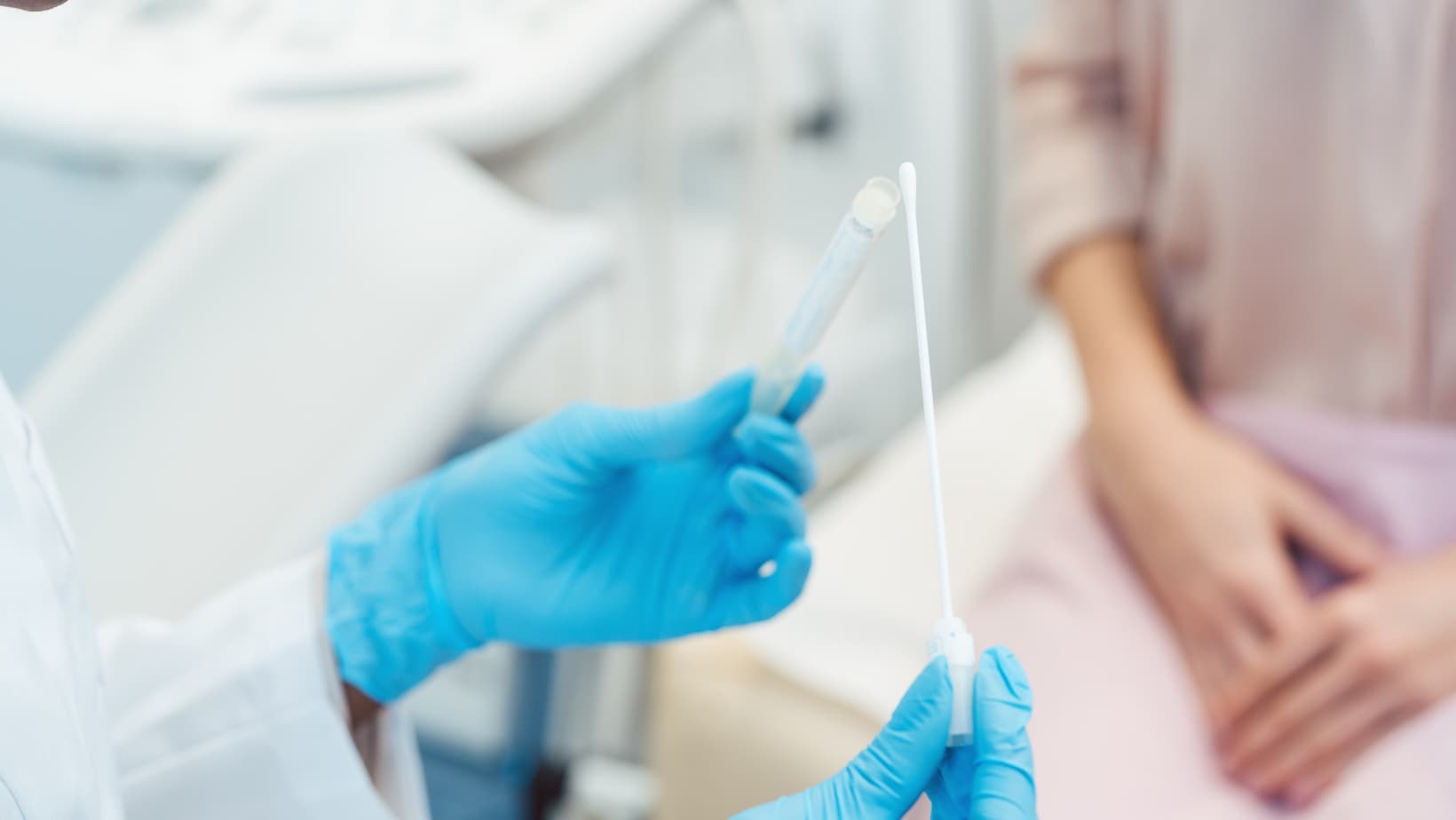
While some STIs may cause symptoms to manifest relatively quickly, others have an incubation period during which symptoms may not be apparent.
That said, it’s possible for some people to experience symptoms as early as the next day, while others may remain asymptomatic for an extended period.
How can you get tested for STIs/STDs?
The specific testing methods and options available may vary depending on your location, healthcare provider, and the type of STI being tested for.
Here are some common STI testing methods.
- Visit a healthcare provider: Schedule an appointment with a healthcare provider, such as a primary care physician, gynecologist, urologist, or sexual health clinic. They can assess your risk factors, discuss your concerns, and recommend appropriate tests based on your sexual history and symptoms.
- Screening tests: Some STIs, such as chlamydia, gonorrhea and HIV, can be detected through simple screening tests, which include:
- Blood tests: Blood samples can be used for an STI test to detect viral infections such as HIV and viral hepatitis B and C.
- Urine tests: Urine samples can be used to diagnose certain bacterial infections like chlamydia and gonorrhea.
- Swabs: Swabbing the affected area, such as the genital or oral region, can help diagnose infections like herpes and gonorrhea.
- Physical examination: During a physical examination, a healthcare provider may visually inspect the affected area for any signs of STIs, such as genital warts, sores, or rashes. They may also examine the throat, anus or other body parts as needed.
- Self-testing kits: Some places, offer self-testing kits which allow you to collect your own samples, like urine, saliva or blood in the privacy of your home. Once done, you can send them to a laboratory for testing and you’ll receive the results online.
- Partner notification: If you’ve been diagnosed with an STI, it’s important to notify your sexual partners so they can also get tested and receive appropriate treatment if necessary. Healthcare providers can offer guidance on communicating with partners effectively and sensitively.
- Routine testing: Depending on your sexual behavior, healthcare providers may recommend regular routine testing for certain STIs, even without symptoms. This is especially important if you have multiple sexual partners, engage in unprotected sex, or have had recent exposure to an STI.
STI testing is not a one-time event. Regular testing, especially if you engage in high-risk behaviors or have multiple sexual partners, is essential for maintaining your sexual health.
How can you avoid getting an STI?
- Practice safe sex: Proper and consistent use of condoms or dental dams during sexual activities can significantly reduce the risk of STI transmission.
- Limit sexual partners: Minimizing the number of sexual partners or engaging in monogamous relationships can lower the risk of exposure.
- Get vaccinated: Vaccinations are available for certain STIs such as hepatitis B HPV.
- Regular testing: We recommend regular STD testing is recommended, especially if you engage in high-risk sexual behaviors or have multiple sexual partners.
Get Tested now
The challenges that come in dealing with STIs go beyond your physical health. With the stigma surrounding it, we understand that having one may make you feel shameful, guilty and anxious. These feelings may also affect your relationships, emotional and mental health.
Seek support from healthcare providers, counselors or support groups who are also dealing with STI.
